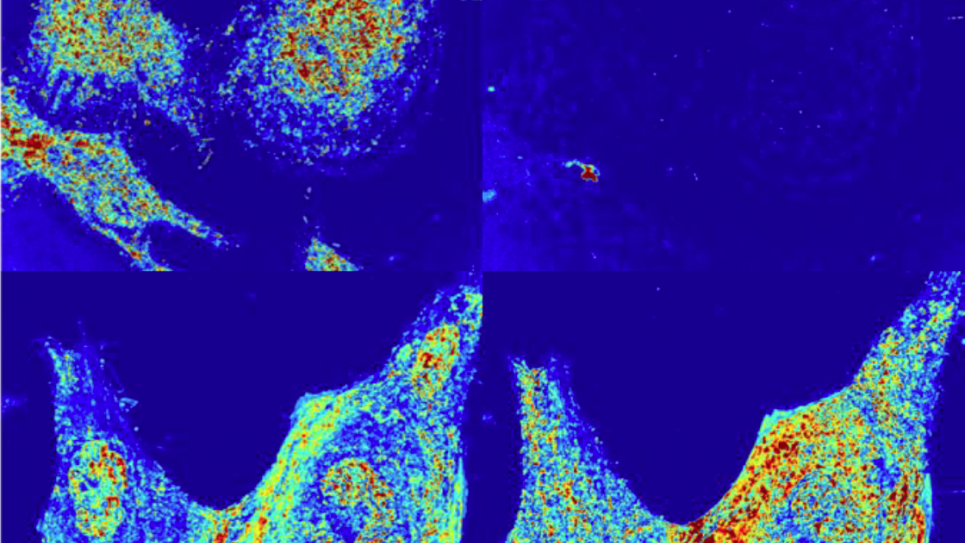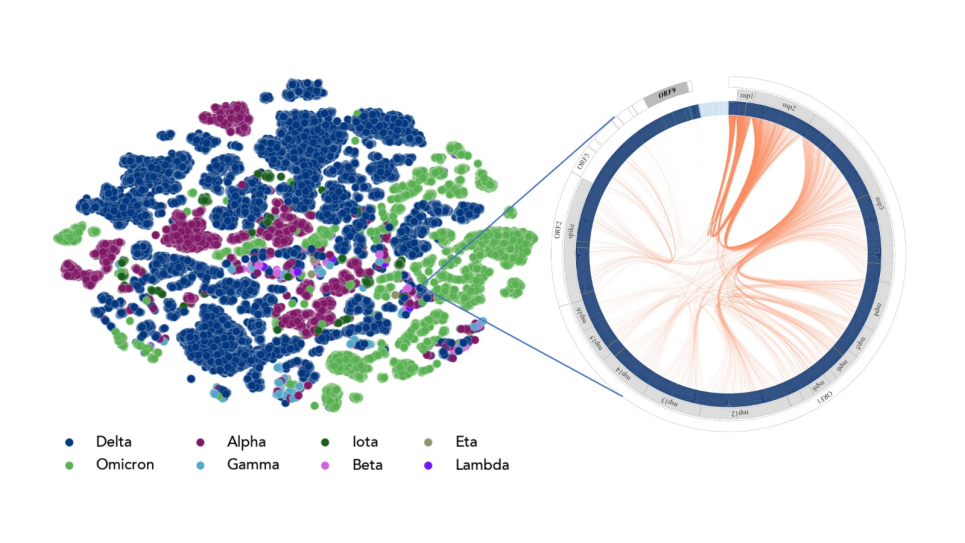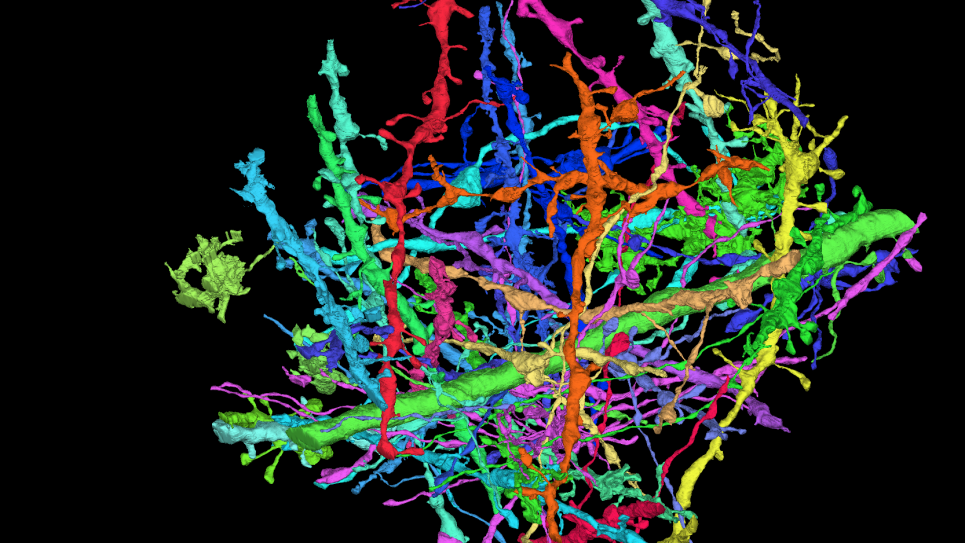
Finite Difference Time Domain Simulations to Facilitate Early-Stage Human Cancer Detection
The ultimate goal of this research is to develop a low-cost, high-throughput optical microscopic technique that can sense macromolecular alterations and thereby predict human cancer risk at a very early stage. The team has developed a novel optical microscopy technique, Partial Wave Spectroscopic (PWS) microscopy, which has been shown to be capable of detecting static intracellular nanoarchitectural alterations associated with early-stage cancers that are not accessible by conventional microscopy. Thus far, they have employed PWS to successfully quantify cancer risks across seven different organs (lung, colon, pancreas, esophagus, prostate, ovary, and thyroid) in approximately 800 human patients.
Importantly, in addition to static nanoarchitectural changes, abnormal movement of macromolecular complexes within cells is another signature of pathological changes, including early-stage cancer development. However, the team’s current PWS technique can only provide information about a cell’s nanostructures in its static form.
With this INCITE project, the team is using computational modeling to build upon static PWS to develop a new technique, dynamic PWS, which can sense and quantify macromolecular motions in live cells. By combining static and dynamic PWS, the researchers aim to improve the sensitivity and specificity of PWS detection of early-stage cancers. Furthermore, this will provide insights into the macromolecular behavior within live cells, thereby potentially assisting in the development of novel cancer therapeutics that regulate chromatin structure and dynamics.
The team’s primary computational tool, Angora, is literally “a microscope in a computer.” Its physics kernel implements the three-dimensional finite-difference time-domain (FDTD) solution of Maxwell’s equations on nanometer voxels within the simulated biological cell. This is followed by rigorous integral transformations to synthesize full-color pixels at the image plane of the simulated microscope located centimeters away. Optimized for parallel processing on Argonne’s Mira supercomputer, Angora is capable of solving for more than one trillion vector electromagnetic field components. High-fidelity modeling of dynamic PWS requires the scale and power of DOE leadership computing resources.


